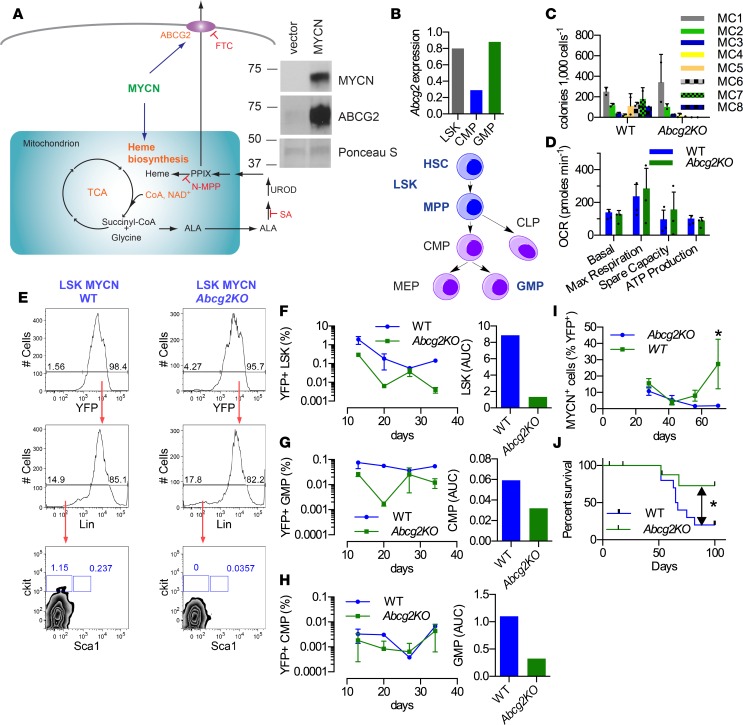Figure 3. Loss of a porphyrin transporter, Abcg2, impairs MYCN self-renewal and enhances leukemic survival.
(A) Scheme depicting the relationship among ABCG2, MYCN, and heme biosynthesis. Immunoblot analysis of murine hematopoietic progenitors transduced with either an empty vector or a virus expressing a MYCN expression vector, followed by immunoblot analysis of the displayed proteins, ABCG2 and MYCN. MYCN and Ponceau S images are the same as in Figure 1E. Representative images of 2 experiments. FTC, ABCG2 inhibitor; SA, succinylacetone (an inhibitor of heme synthesis); N-MPP, N-methyl-protoporphyrin IX (an inhibitor of ferrochelatase [Fech]). (B) Abcg2 is highly expressed in LSK and GMP (data obtained by combining 5 mice). (C) Abcg2-KO LSKs transduced with MYCN showed defective replating activity (experiment was repeated twice, with MC values obtained from 2 independent determinations per experiment; values are an aggregate mean ± SD). (D) MYCN-transduced Abcg2-KO progenitors do not have a defect in mitochondrial respiration or ATP generation (n = 3, mean ± SEM). (E) Defective self-renewal in LSKs at MC1 is accompanied by a decrease in the number of progenitors (5 mice were used per time point; results are representative of 2 independent experiments). (F) Abcg2-KO Lin– MYCN leukemic progenitors produced reduced LSK (G) but not CMP and (H) reduced GMP compared with WT (representative data from 2 independent experiments, with 5 mice per time point). (I) Abcg2-KO LSK MYCN progenitors display delayed disease progression (n = 5, mean ± SEM, 2-way ANOVA) and (J) increased survival (n = 10). *P < 0.05, log-rank Mantel Cox.

